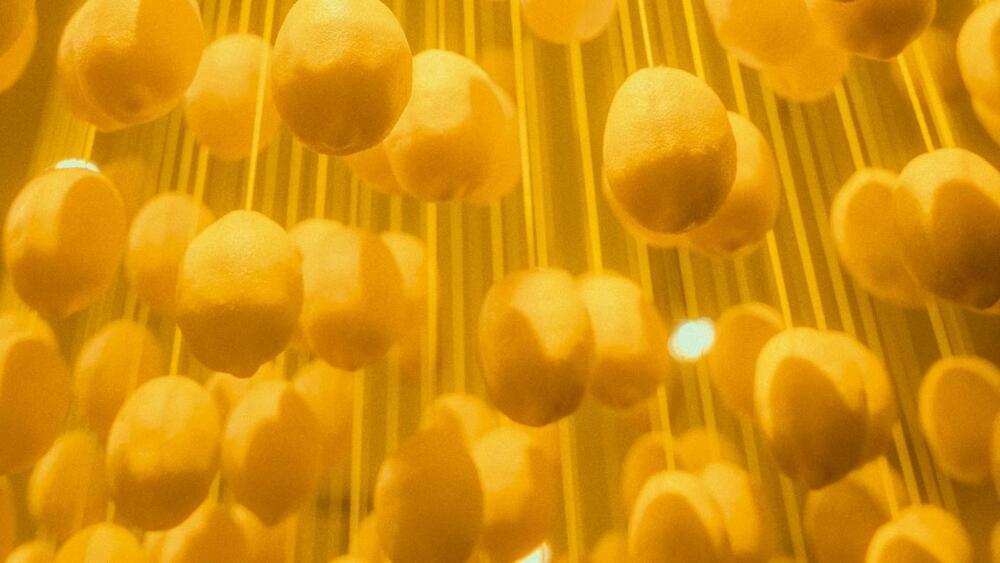May 28, 2024
NASA Unveils Game-Changing Infrared Cameras for Earth and Space Exploration
Posted by Saúl Morales Rodriguéz in categories: innovation, space travel
Innovative infrared sensors developed by NASA increase resolution for Earth and space imaging, promising advancements in environmental monitoring and planetary science.
A newly developed infrared camera featuring high resolution and equipped with a range of lightweight filters has the potential to analyze sunlight reflected from Earth’s upper atmosphere and surface, enhance forest fire alerts, and uncover the molecular composition of other planets.
These cameras are equipped with sensitive, high-resolution strained-layer superlattice sensors, originally developed at NASA’s Goddard Space Flight Center in Greenbelt, Maryland, funded through the Internal Research and Development (IRAD) program.

















